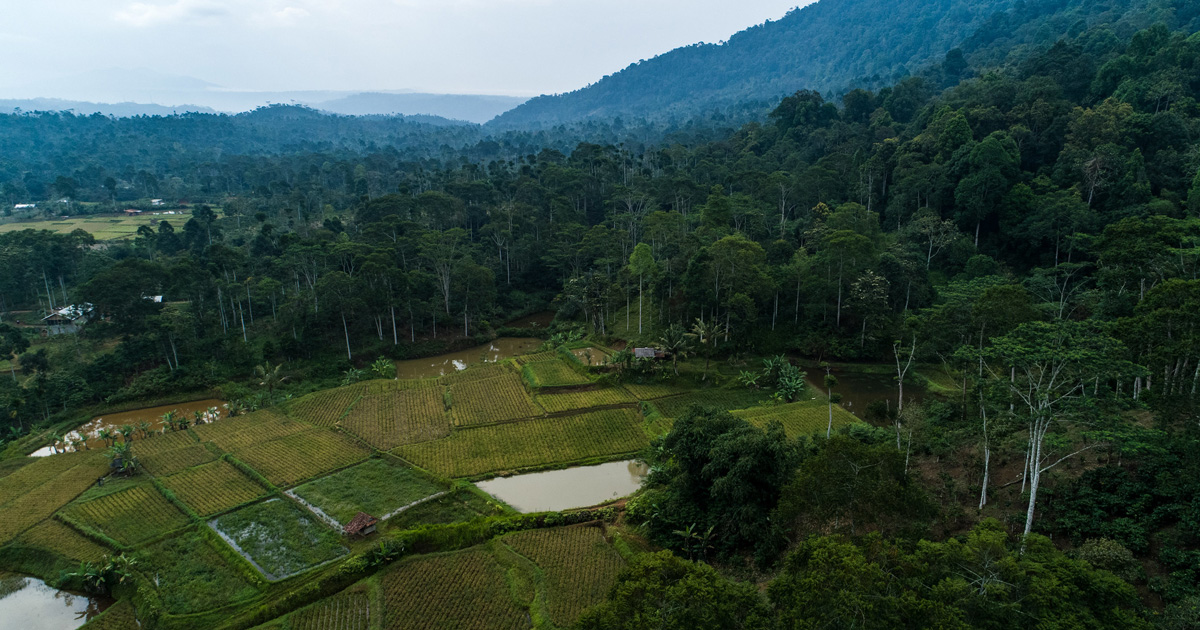Deforestation is one of the primary threats to biodiversity in tropical forests arround the world. Deforestation has many direct causes, including conversion of forests to pasture for livestock, expansion of agricultural lands, commercial logging, and urbanization. Indirectly, deforestation is influenced by a host of other factors, including road construction, technological change, agricultural prices, household incomes, and land tenure and security. In recent decades, the destruction of tropical forests has been a primary concern of conservation organizations. These organizations have tried many different approaches to reduce deforestation, including direct protection, restoration, education, policy changes, and the use of various incentives. However, relatively little practical guidance exists for conservation project managers in the field to compare different conservation tools to determine which one has the highest probability of success at their site. What is missing are clear, useful, and practical principles for designing, managing, and monitoring conservation strategies to reduce threats to biodiversity. To make wise choices about best practices - what works, what doesn't, and why - we must learn about the conditions under which specific strategies are most effective. In recent years, sustainable agriculture has been promoted as an effective tool to reduce deforestation in tropical areas. This analysis explores the conditions under which sustainable agriculture works to achieve conservation in tropical forest setting.
Publication year
2001
Authors
Margoluis, R.; Russel, V.; Gonzalez, M.; Rojas, O.; Magdaleno, J.; Madrid, G.; Kaimowitz, D.
Language
English
Keywords
deforestation, tropical forests, shifting cultivation, conservation, agriculture, sustainability, linkage, analysis, research projects






















